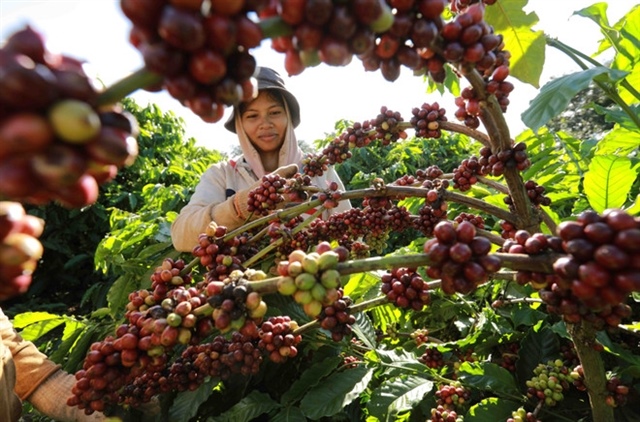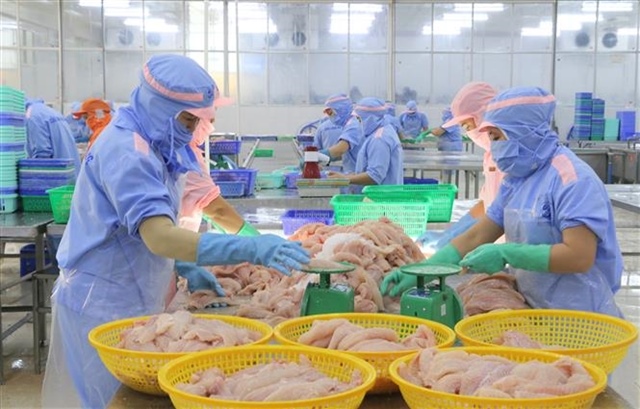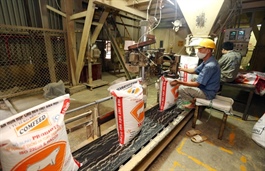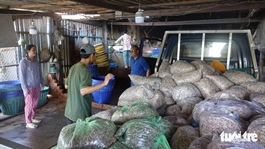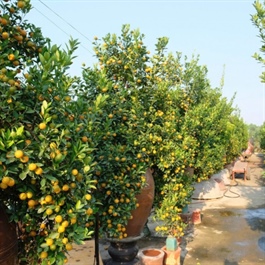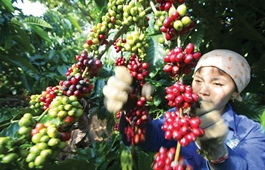Việt Nam faces challenges to maintain rice export growth in 2025
Việt Nam faces challenges to maintain rice export growth in 2025
Việt Nam will face many challenges to maintain its rice export growth momentum this year, especially as India resumes its rice exports, according to experts.

Việt Nam exported more than nine million tonnes of rice in 2024, earning US$5.75 billion. Volumes increased by about 13 per cent, while turnover rose by 23 per cent. That was due to a surge in rice export prices of about 10 per cent compared to last year.
This was the sixth consecutive year that Việt Nam recorded growth in rice exports, however this momentum is forecast to be difficult to maintain this year.
General Director of Phước Thành IV Production and Trading Co,. Ltd,. Nguyễn Văn Thành, said that the room for Việt Nam's rice exports to grow over the year could be minimal due to that record high in 2024. In addition, the global market still has many unfavourable factors, especially India loosening its rice export restriction.
Thành said that in the past two years, India's inventory has been large because they tightened rice exports. Therefore, when they loosen exports this year that will put pressure on other exporting countries, including Việt Nam.
Moreover, before the harvest season, Vietnamese rice prices have been relatively high, so many importers have shifted to other countries to buy rice earlier.
In 2025, rice prices may be lower than that in 2023-2024, said Thành, adding that at the end of 2024, many major rice-growing countries entered the harvest season, including Việt Nam, causing Vietnamese rice prices to drop rapidly.
Meanwhile, the Philippines' government has closely watched the price of rice recently, causing Việt Nam to review that market, while importers are also limiting new orders and are not in a hurry to sign any contracts with Việt Nam's traders because they have many new suppliers.
Therefore, there are not too many export contracts signed at the beginning of this year, though traders assess that this year's supply is quite abundant, said Thành.
Faced with the challenges of 2025, many are asking for capital support for the rice industry.
Trần Thanh Hải, deputy director of the Trade Remedy Authority, Ministry of Industry and Trade, said that Vietnamese companies have built a rice brand and a traditional market system, including Indonesia and the Philippines.
However, facing the price pressures, along with India's resumption of rice exports, capital support needs to be considered.
"Businesses need capital support from banks to buy rice for reserves. In addition, the Ministry of Finance needs to refund value added tax (VAT) early. The Ministry of Industry and Trade also needs to continue to promote trade promotion programmes," said Hải.
According to Thành, 2025 will be still a difficult year. In the worst case scenario, banks should support the companies with lower interest rates, especially in harvest season, so that the enterprises can be bold in terms of buying and storing rice. This also helps farmers hedge when the market is unfavourable.
In addition, he added that chosing alternative rice seed is also another advantage to help reduce direct competitive pressure with India.
"The Philippines, China and the Middle East really like Việt Nam's ST rice. In the niche segment, Việt Nam has Japonica rice seed exported to Japan and South Korea," said Thành.
Focusing on high-quality fragrant rice has brought positive business results to the Vietnamese rice industry, because these types of rice are often more expensive than regular rice.
Việt Nam imports lower-quality rice for the production of animal feed and other products.
The country is implementing a project of one million hectares of high-quality, low-emission rice, associated with green growth. This rice production model reduces the quantity of seeds, fertilisers and pesticides used and contributes to emissions reduction.





